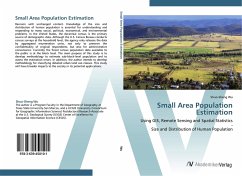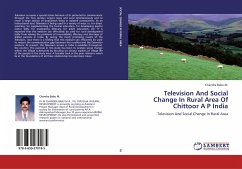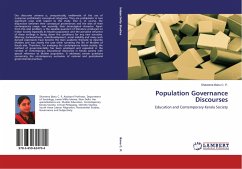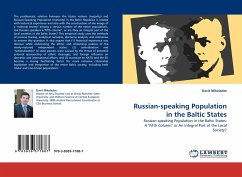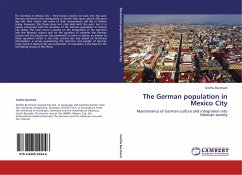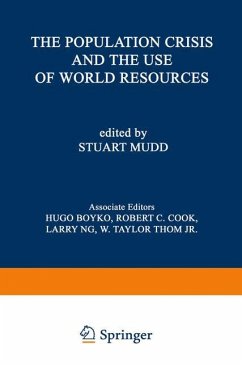Revision with unchanged content. Knowledge of the size and distribution of human population is essential for understanding and responding to many social, political, economical, and environmental problems. In the United States, the decennial census is the primary source of demographic data. Although the U.S. Census Bureau conducts census surveys at the household level, the agency only releases the data by aggregated enumeration units, not only to preserve the confidentiality of original respondents, but also for administrative convenience. Currently the finest census population data available to the public is at the block level. The main purpose of this study is to develop methodology to estimate sub-block-level population and to assess the estimation errors. In addition, the author intends to develop methodology for classifying detailed urban land use classes. This study will have broader impacts to the society in its potential applications.
Hinweis: Dieser Artikel kann nur an eine deutsche Lieferadresse ausgeliefert werden.
Hinweis: Dieser Artikel kann nur an eine deutsche Lieferadresse ausgeliefert werden.

